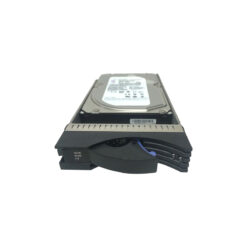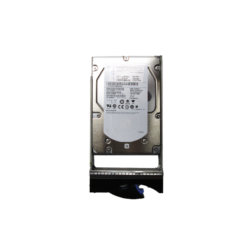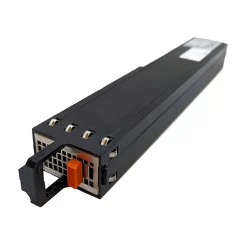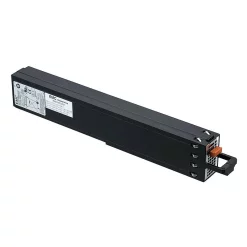Maximizing Efficiency: How EMC Unity’s All-Flash Architecture Transforms Data Storage
Overview of EMC Unity All-Flash Architecture
EMC Unity’s all-flash architecture revolutionizes data storage by merging advanced features with streamlined operational efficiency. Engineered for tasks that require high performance and low latency, Unity provides versatile storage solutions capable of catering to diverse workloads.
Technical Specifications
| Feature | Detail |
|---|---|
| Storage Capacity | Up to 16PB in a single system |
| Maximum Drives | 1,500 |
| Processor | Intel Xeon multi-core processors |
| Memory | Up to 256GB RAM |
| Connectivity | 10/25/40 GbE, 16/32 Gb Fibre Channel |
Key Features of EMC Unity All-Flash
- Unified Storage: Supports block and file storage workloads simultaneously, simplifying management.
- Dynamic Pools: Enhances storage optimization for better capacity utilization and increased performance.
- Data Protection and Security: Includes replication, snapshots, and encryption to ensure data integrity.
- Cloud Tiering: Seamlessly integrates with cloud services for tiering purposes.
Architectural Deep Dive
At the core of Unity’s all-flash architecture is a highly scalable and efficient data processing model. The architecture is designed to maximize the use of flash media through:
Inline Data Reduction
Unity employs advanced inline data reduction techniques, such as deduplication and compression, drastically reducing storage footprints without impacting performance.
Flash Optimization
The system leverages wear leveling and garbage collection processes to extend the lifespan of flash drives, ensuring sustained performance and reliability.
Data Flow and Functionality
EMC Unity utilizes advanced data flow mechanisms that ensure smooth and efficient data processing:
- IO Scheduler: Manages input/output operations dynamically to minimize latency and enhance throughput across multiple workloads.
- Adaptive Caching: Uses multi-tiered caching strategies to optimize access and expedite data retrieval.
Comparative Analysis with Competing Technologies
Compared to competitors such as NetApp AFF or Pure Storage FlashArray, Unity All-Flash offers:
Strengths
- Comprehensive Unified Storage: Offers a true unified solution with robust file and block support, unlike some competitors that may excel more in one area.
- Ease of Management: Features a modern and intuitive Unisphere interface that simplifies operations.
Weaknesses
- Initial Cost: May present a higher upfront investment compared to hybrid alternatives.
- Versatility in Hyper-Converged Systems: While effective, a native hyper-converged variant may be less flexible compared to competitors like VMware vSAN.
Use Cases and Real-World Examples
EMC Unity’s all-flash arrays excel in scenarios demanding high-intensity data processing, such as:
Virtualized Environments
Unity optimizes performance and capacity for virtualized workloads. Organizations deploying VMware or Hyper-V environments leverage Unity’s ability to handle frequent IO operations efficiently.
Database Applications
For databases requiring high transactional speeds, such as Oracle or SQL Server, Unity provides the low-latency operations necessary to maintain optimal performance.
Conclusion
While facing substantial competition in the storage market, EMC Unity’s all-flash architecture continues to stand out through its blend of high-performance capabilities, unified storage support, and robust data management features. Its architectural innovations streamline data processes and enhance efficiency, making it an ideal choice for businesses seeking to modernize their storage infrastructure.












